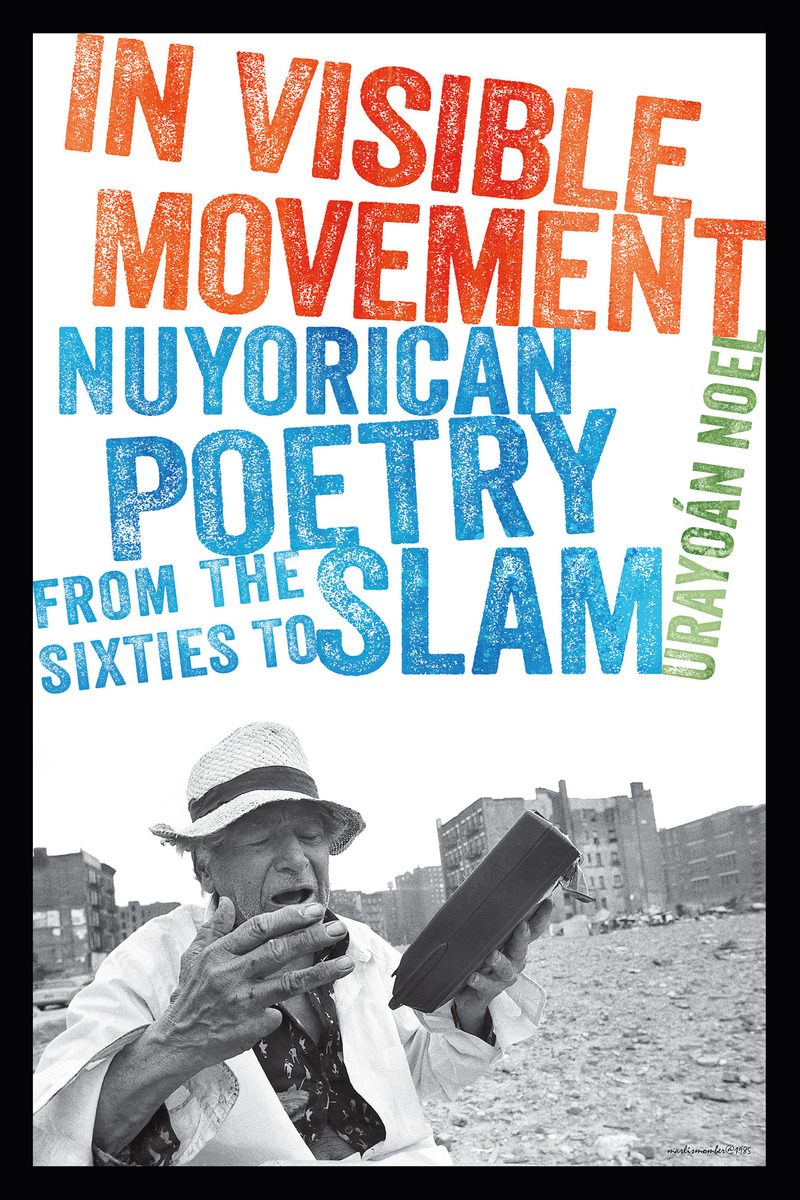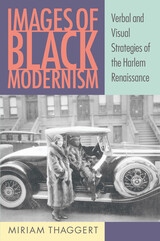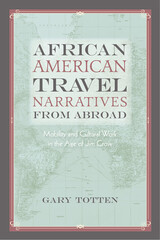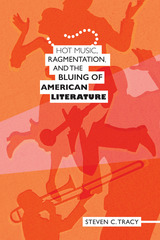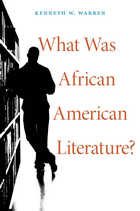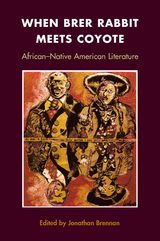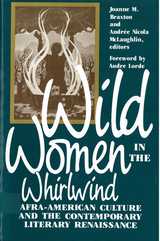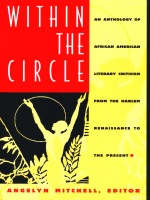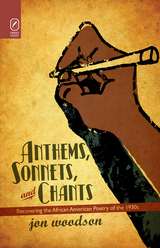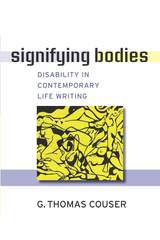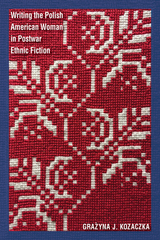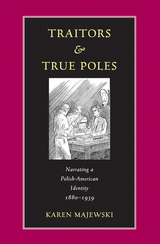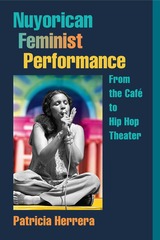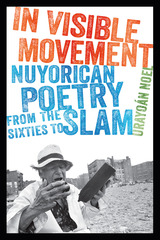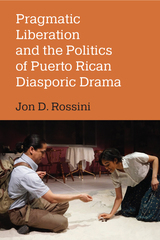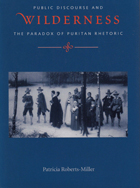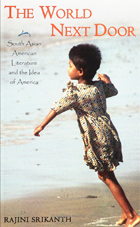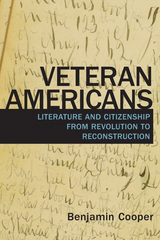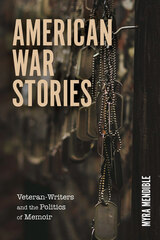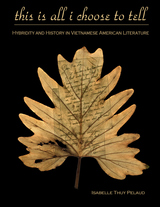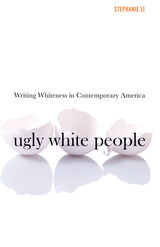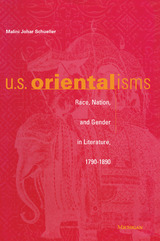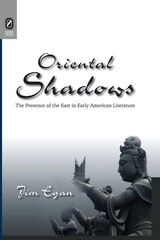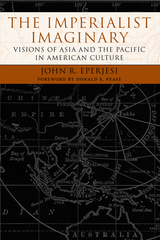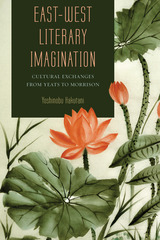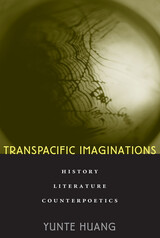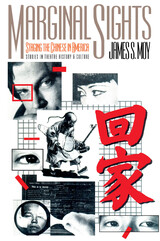In Visible Movement: Nuyorican Poetry from the Sixties to Slam
University of Iowa Press, 2014
eISBN: 978-1-60938-254-4 | Paper: 978-1-60938-244-5
Library of Congress Classification PS153.P83N49 2014
Dewey Decimal Classification 811.540986872951
eISBN: 978-1-60938-254-4 | Paper: 978-1-60938-244-5
Library of Congress Classification PS153.P83N49 2014
Dewey Decimal Classification 811.540986872951
ABOUT THIS BOOK | AUTHOR BIOGRAPHY | REVIEWS | TOC | REQUEST ACCESSIBLE FILE
ABOUT THIS BOOK
Since the 1960s, Nuyorican poets have explored and performed Puerto Rican identity both on and off the page. Emerging within and alongside the civil rights movements of the 1960s, the foundational Nuyorican writers sought to counter the ethnic/racial and institutional invisibility of New York City Puerto Ricans by documenting the reality of their communities in innovative and sometimes challenging ways. Since then, Nuyorican poetry has entered the U.S. Latino literary canon and has gained prominence in light of the spoken-word revival of the past two decades, a movement spearheaded by the Nuyorican Poetry Slams of the 1990s. Today, Nuyorican poetry engages with contemporary social issues such as the commodification of the body, the institutionalization of poetry, the gentrification of the barrio, and the national and global marketing of identity. What has not changed is a continued shared investment in a poetics that links the written word and the performing body.
The first book-length study specifically devoted to Nuyorican poetry, In Visible Movement is unique in its historical and formal breadth, ranging from the foundational poets of the 1960s and 1970s to a variety of contemporary poets emerging in and around the Nuyorican Poets Cafe “slam” scene of the 1990s and early 2000s. It also unearths a largely unknown corpus of poetry performances, reading over forty years of Nuyorican poetry at the intersection of the printed and performed word, underscoring the poetry’s links to vernacular and Afro-Puerto Rican performance cultures, from the island’s oral poets to the New York sounds and rhythms of Latin boogaloo, salsa, and hip-hop. With depth and insight, Urayoán Noel analyzes various canonical Nuyorican poems by poets such as Pedro Pietri, Victor Hernández Cruz, Miguel Algarín, Miguel Piñero, Sandra María Esteves, and Tato Laviera. He discusses historically overlooked poets such as Lorraine Sutton, innovative poets typically read outside the Nuyorican tradition such as Frank Lima and Edwin Torres, and a younger generation of Nuyorican-identified poets including Willie Perdomo, María Teresa Mariposa Fernández, and Emanuel Xavier, whose work has received only limited critical consideration. The result is a stunning reflection of how New York Puerto Rican poets have addressed the complexity of identity amid diaspora for over forty years.
The first book-length study specifically devoted to Nuyorican poetry, In Visible Movement is unique in its historical and formal breadth, ranging from the foundational poets of the 1960s and 1970s to a variety of contemporary poets emerging in and around the Nuyorican Poets Cafe “slam” scene of the 1990s and early 2000s. It also unearths a largely unknown corpus of poetry performances, reading over forty years of Nuyorican poetry at the intersection of the printed and performed word, underscoring the poetry’s links to vernacular and Afro-Puerto Rican performance cultures, from the island’s oral poets to the New York sounds and rhythms of Latin boogaloo, salsa, and hip-hop. With depth and insight, Urayoán Noel analyzes various canonical Nuyorican poems by poets such as Pedro Pietri, Victor Hernández Cruz, Miguel Algarín, Miguel Piñero, Sandra María Esteves, and Tato Laviera. He discusses historically overlooked poets such as Lorraine Sutton, innovative poets typically read outside the Nuyorican tradition such as Frank Lima and Edwin Torres, and a younger generation of Nuyorican-identified poets including Willie Perdomo, María Teresa Mariposa Fernández, and Emanuel Xavier, whose work has received only limited critical consideration. The result is a stunning reflection of how New York Puerto Rican poets have addressed the complexity of identity amid diaspora for over forty years.
See other books on: City and town life in literature | Identity (Psychology) in literature | New York (N.Y.) | Puerto Ricans | Sixties
See other titles from University of Iowa Press
